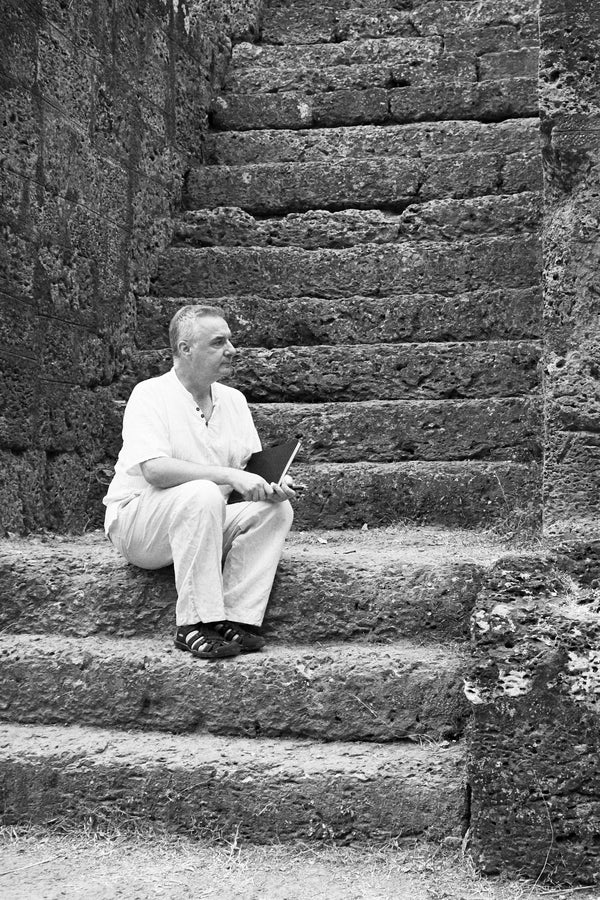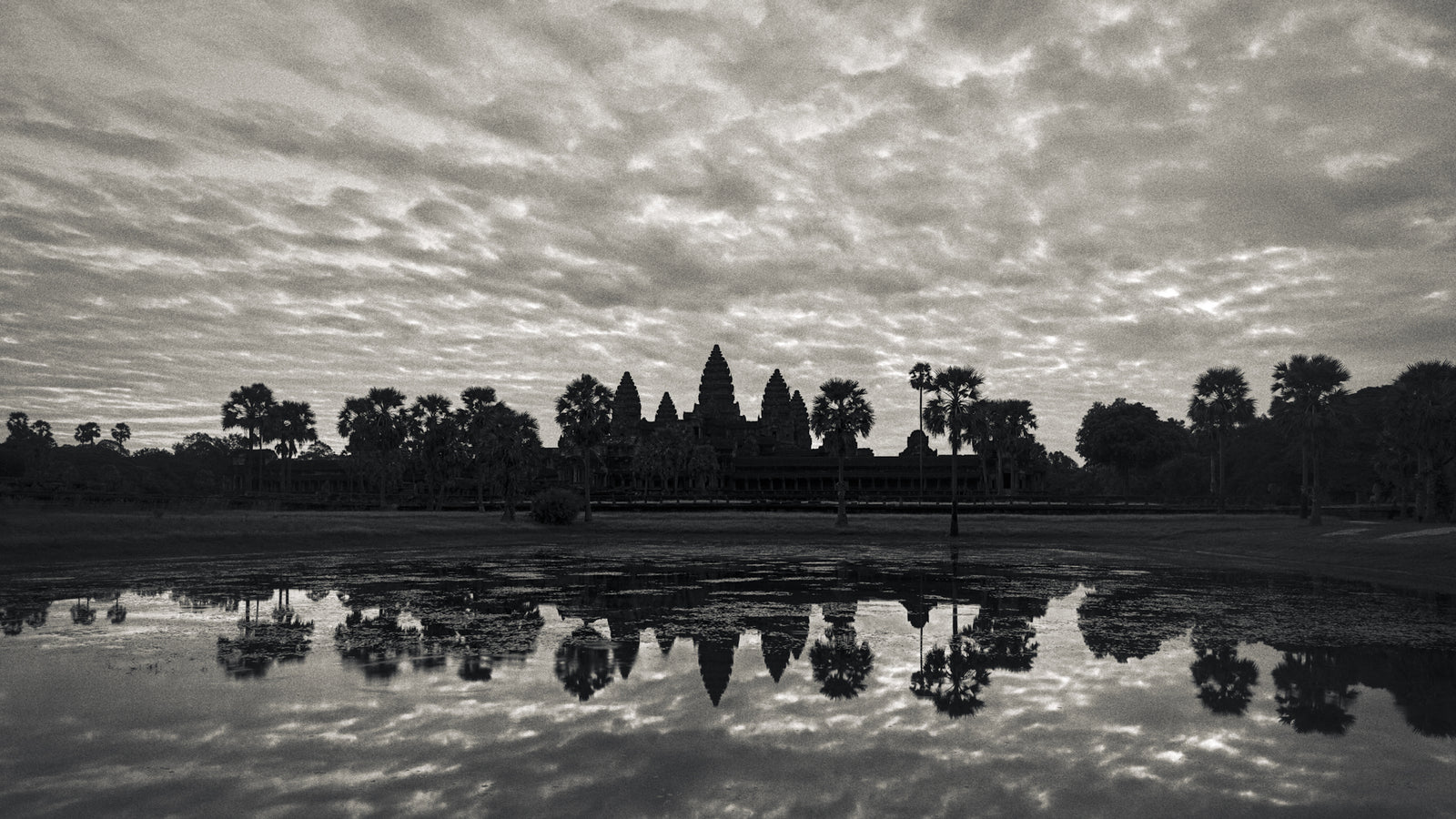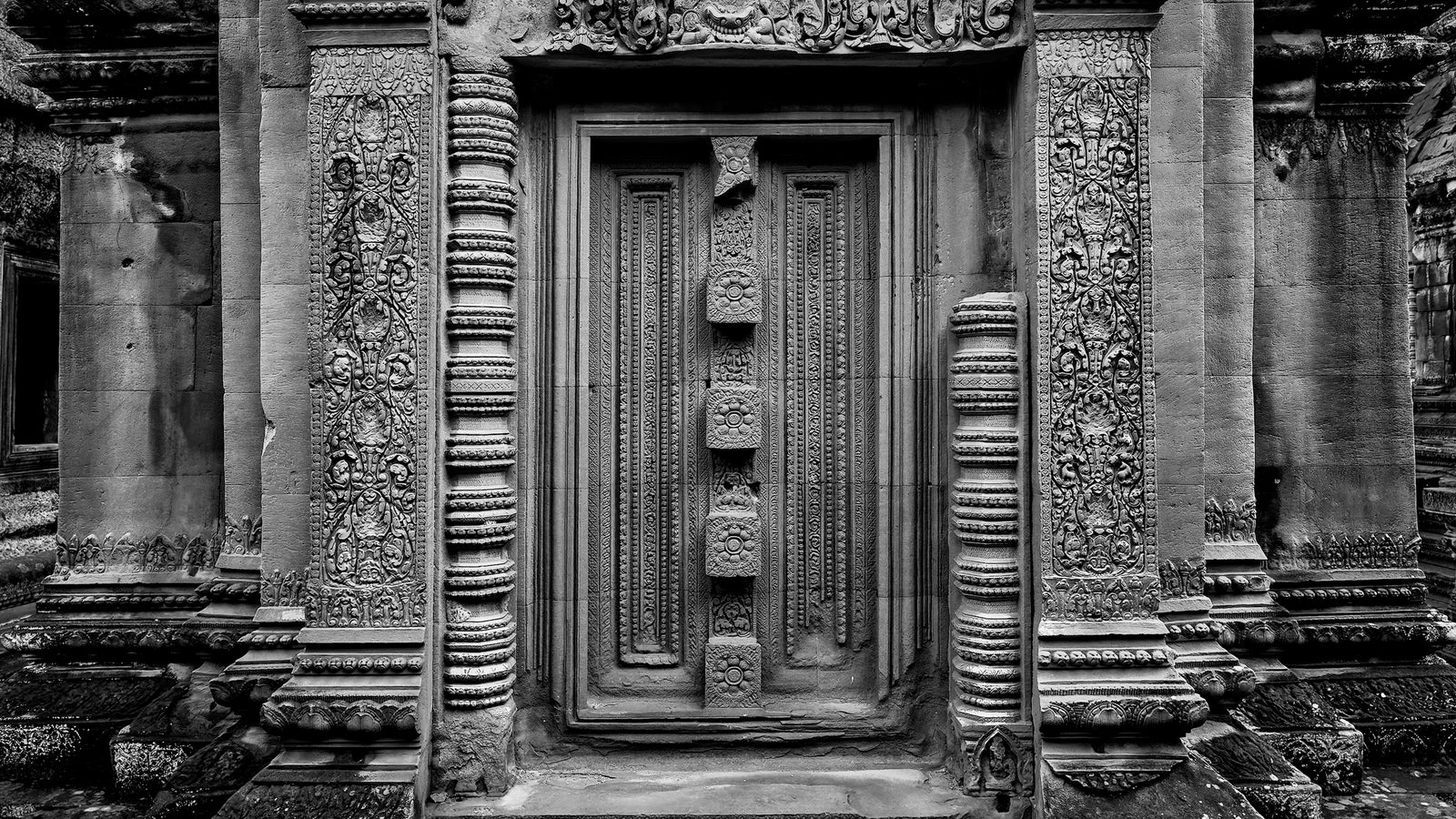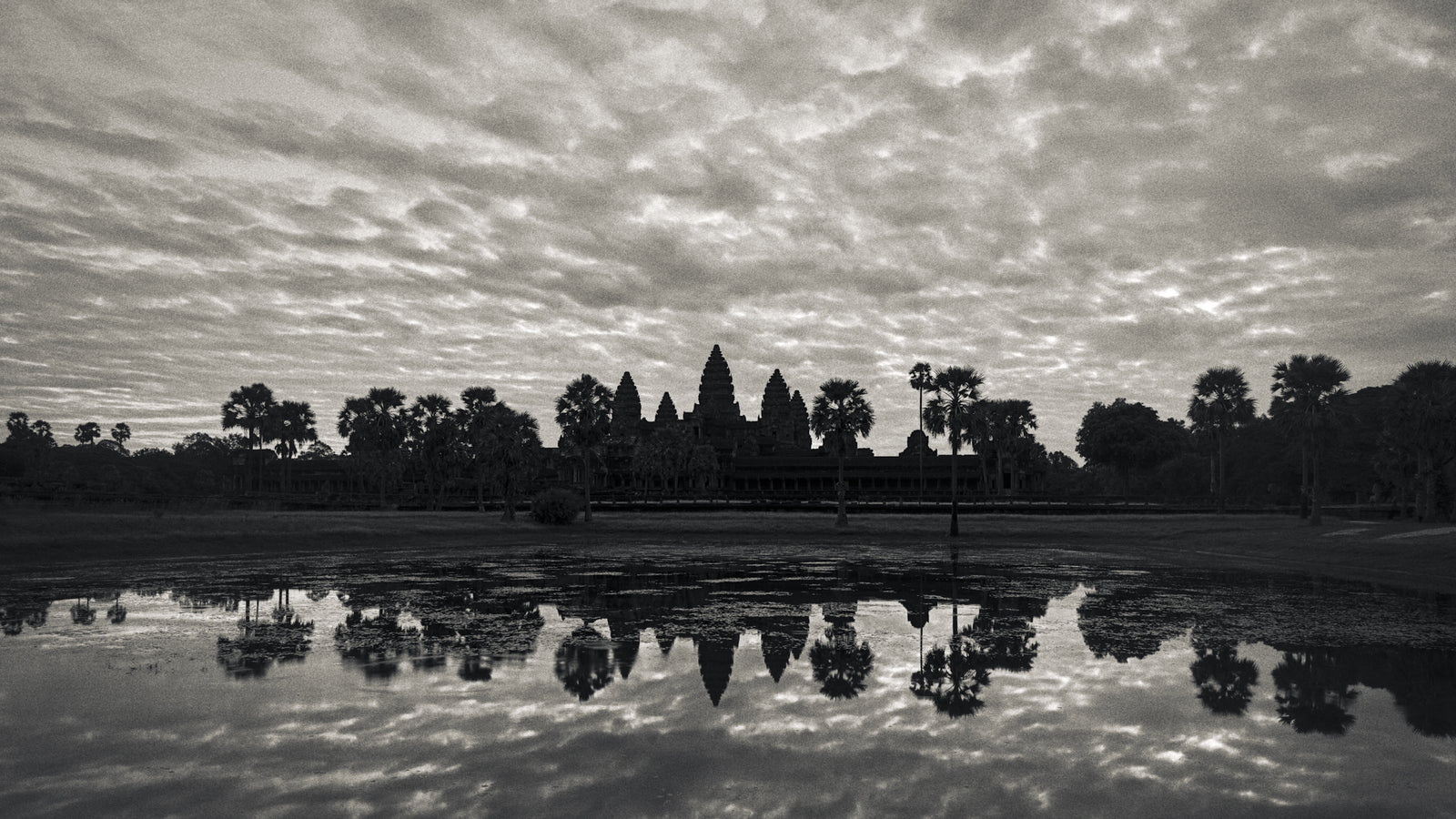Complimentary worldwide shipping on orders over $400 · No import tariffs for most countries
Complimentary worldwide shipping on orders over $400 · No import tariffs for most countries
Bayon Temple
2 min read
| Date: | Late 12th – early 13th century CE |
| Style: | Bayon |
| King: | Jayavarman VII (reign 1181 – 1220 CE) |
| Cult: | Mahayana Buddhist |
The Bayon (Khmer: ប្រាសាទបាយ័ន) was erected as the state-temple of Jayavarman VII, at the centre of Angkor Thom, the capital city that he fortified by erecting walls around it.
Jayavarman VII placed his kingdom under the protection of Buddha, whose statue was raised in the central sanctuary of this temple-mountain, and of the Bodhisattva Lokeshvara, whose features are perhaps represented on the face-towers of the temple, covering the cardinal directions, thus extending the compassion of the god to the entire kingdom.
The Bayon housed a pantheon of all the divinities worshipped in the kingdom, and was the last complex temple built by a king of Angkor. Only a few small temples were built in the 13th century CE, before spread of Theravada Buddhism put an end to the construction of temples all together.
The Bayon is a rival to Angkor Wat Temple in many respects, but it offers a less-structured layout, and the more human-sized proportions afford this temple great personality and complexity. At first, the Bayon seems a complex, labyrinthine structure, but its overall layout is quite basic. The first two of the three levels feature bas-relief galleries (which should be viewed clockwise), and a circular central sanctuary dominates the third level.
The Bayon is essentially a three-tiered, pyramid temple with a 45 m (150') high tower, topped by four gigantic carved faces crowned with lotus flowers, symbol of enlightenment, and surrounded by 51 smaller face-towers each with heads facing north, south, east and west. There are over 2000 large faces carved throughout the structure. The facial features are striking and the full lips, curling upwards at the corners, are known as ‘the smile of Angkor’.
When Pierre Loti, the French writer, first saw these towers in 1912 he was astounded:
“I looked up at the tree-covered towers which dwarfed me, when all of a sudden my blood curdled as I saw an enormous smile looking down on me, and then another smile on another wall, then three, then five, then ten, appearing in every direction”
The enigmatic faces of the Bayon towers have become world-famous symbols of Angkor, but the details are just as magnificent.
The huge number of devatas and even more dancing apsaras are beautiful, as are the medallions depicting two flying birds, all are omnipresent at the Bayon.
The famous outer galleries describe battles between the Khmer and Cham armies; the Cham invasion was a recent memory and Siamese raids were becoming more and more frequent, hence the fortification of Angkor Thom. This probably contributed to the end of the great building projects. These outer galleries also show some fascinating scenes of daily life.
And be sure not to miss the less visited inner bas-relief galleries, which also depict many beautiful scenes.
Please also see My Work at Bayon Temple.
Map of The Bayon
Also in Angkorpedia
Join My Studio Journal
Receive occasional letters from my studio in Siem Reap—offering a glimpse into my creative process, early access to new fine art prints, field notes from the temples of Angkor, exhibition announcements, and reflections on beauty, impermanence, and the spirit of place.
No noise. No clutter. Just quiet inspiration, delivered gently.
Subscribe and stay connected to the unfolding story.

Join My Studio Journal
Receive occasional letters from my studio in Siem Reap—offering a glimpse into my creative process, early access to new fine art prints, field notes from the temples of Angkor, exhibition announcements, and reflections on beauty, impermanence, and the spirit of place.
No noise. No clutter. Just quiet inspiration, delivered gently.
Subscribe and stay connected to the unfolding story.



